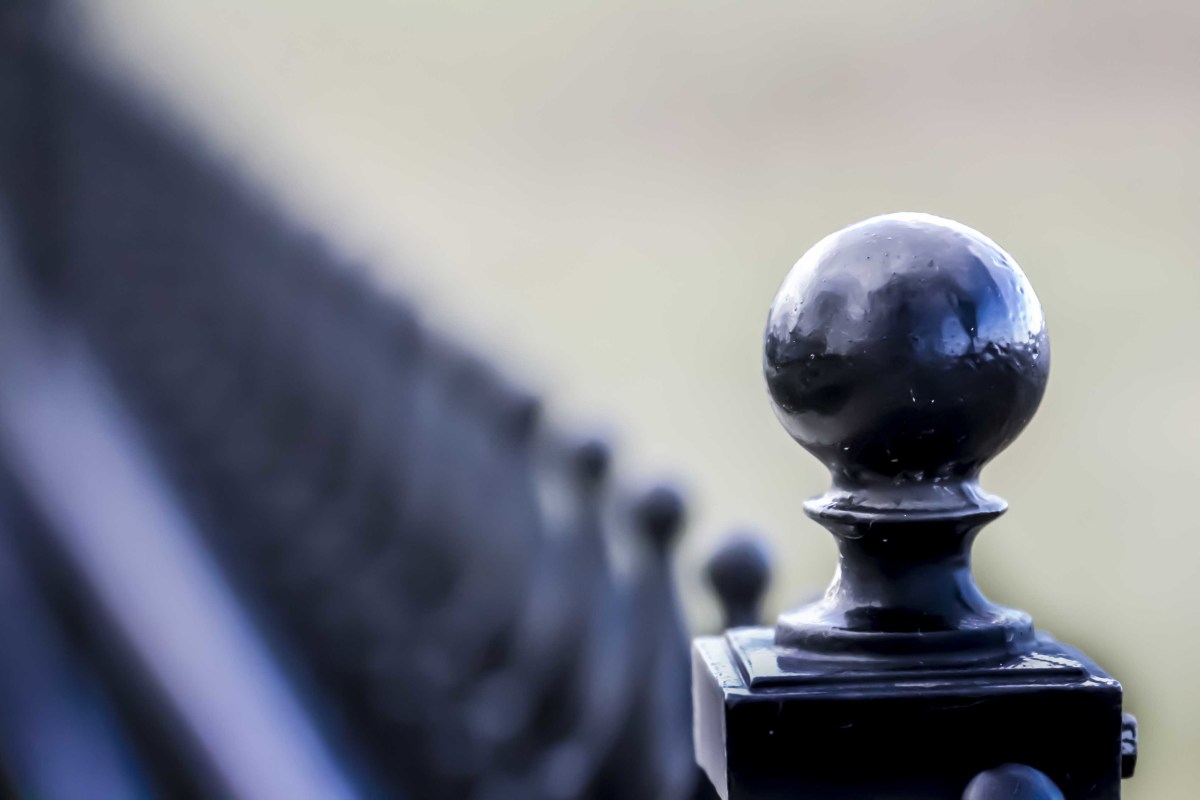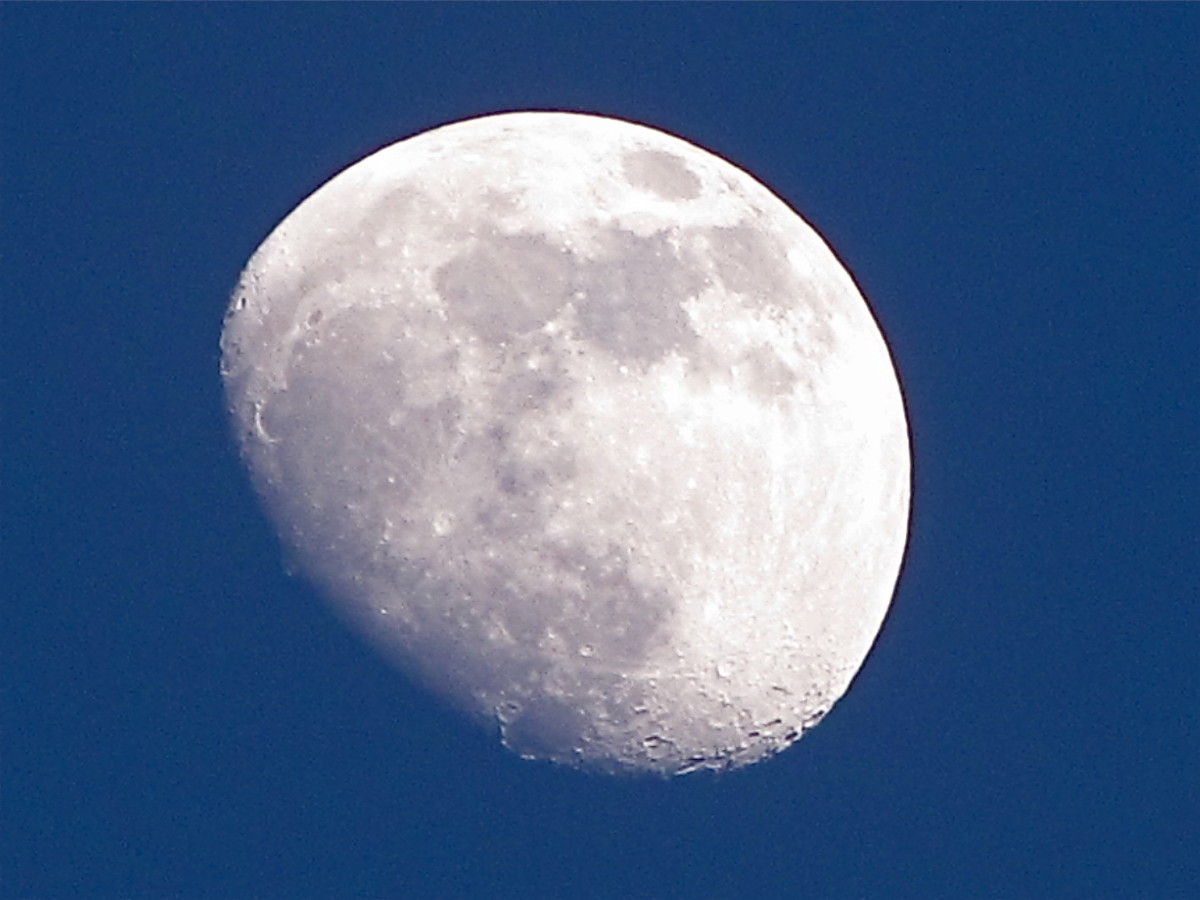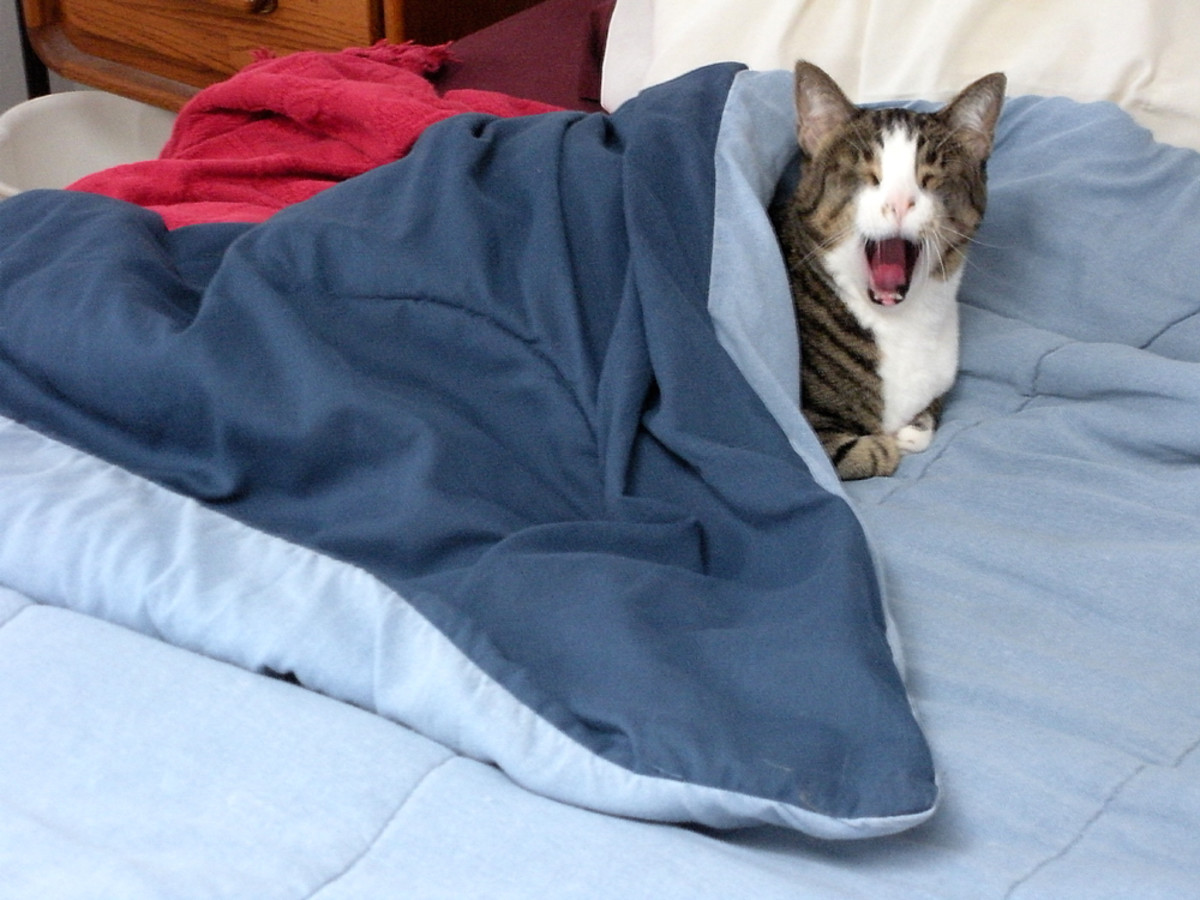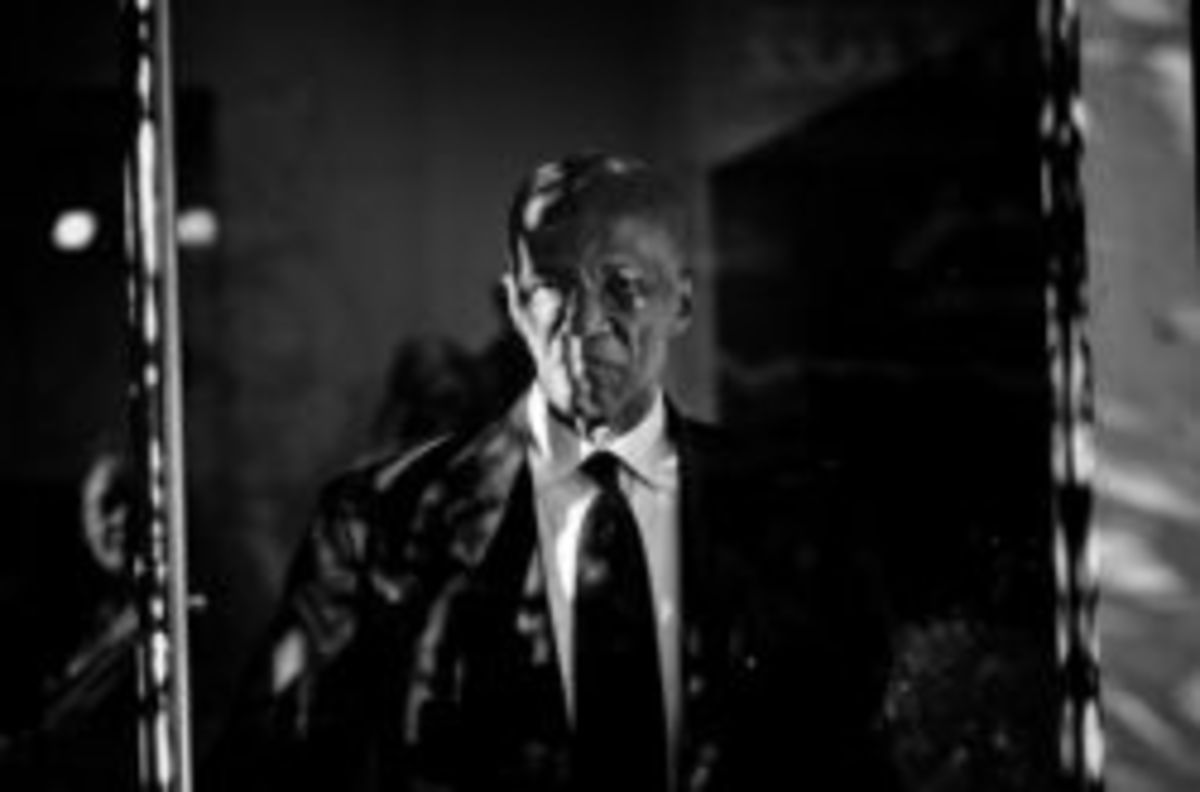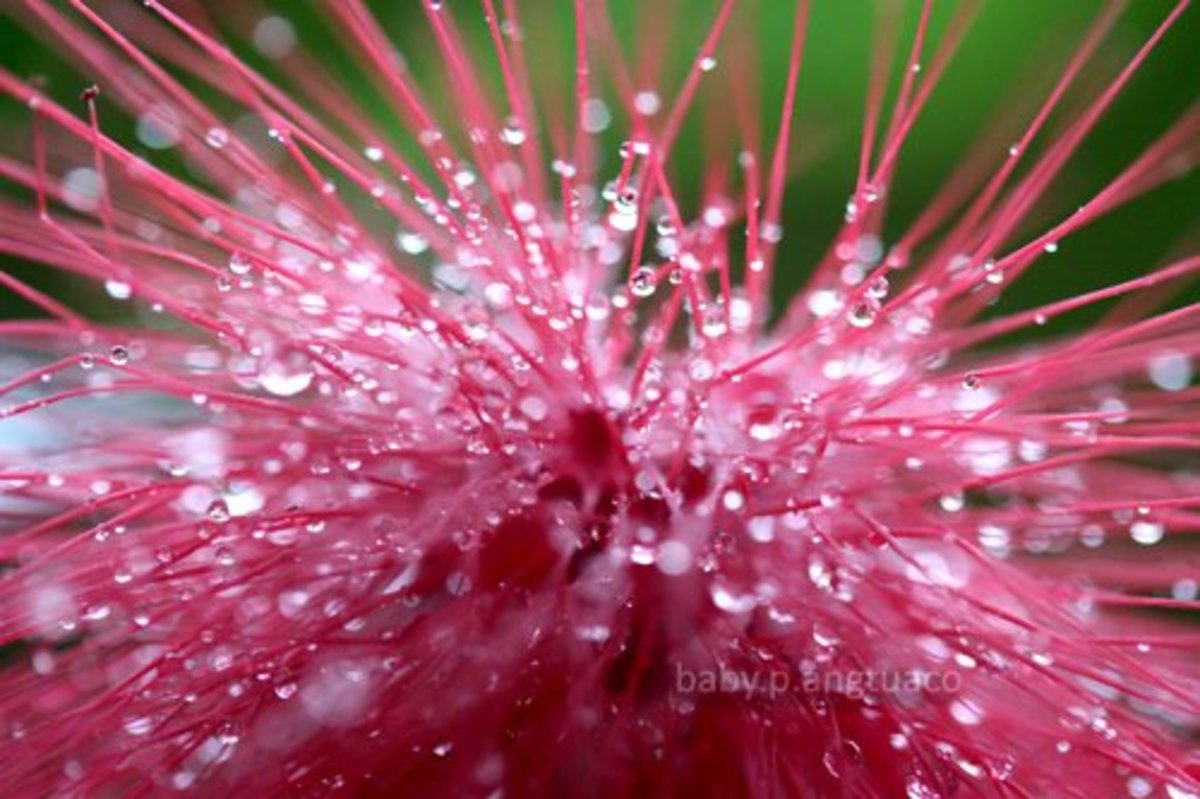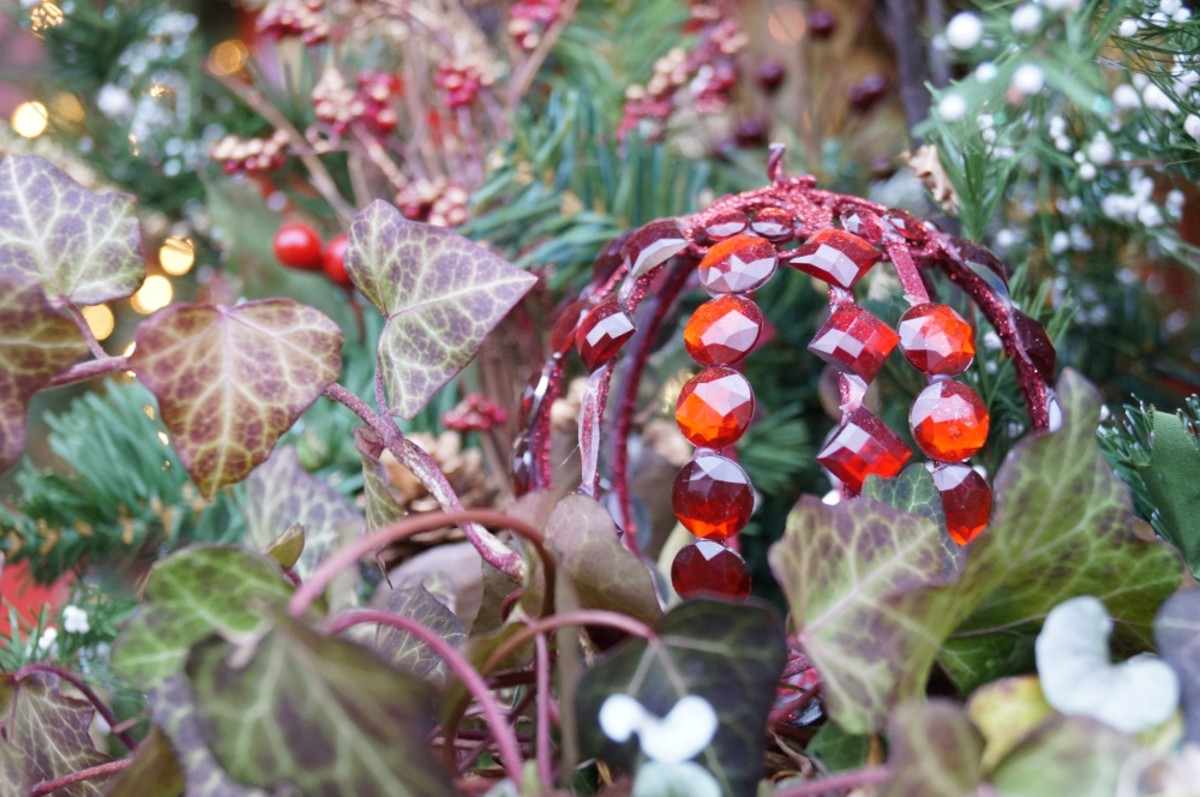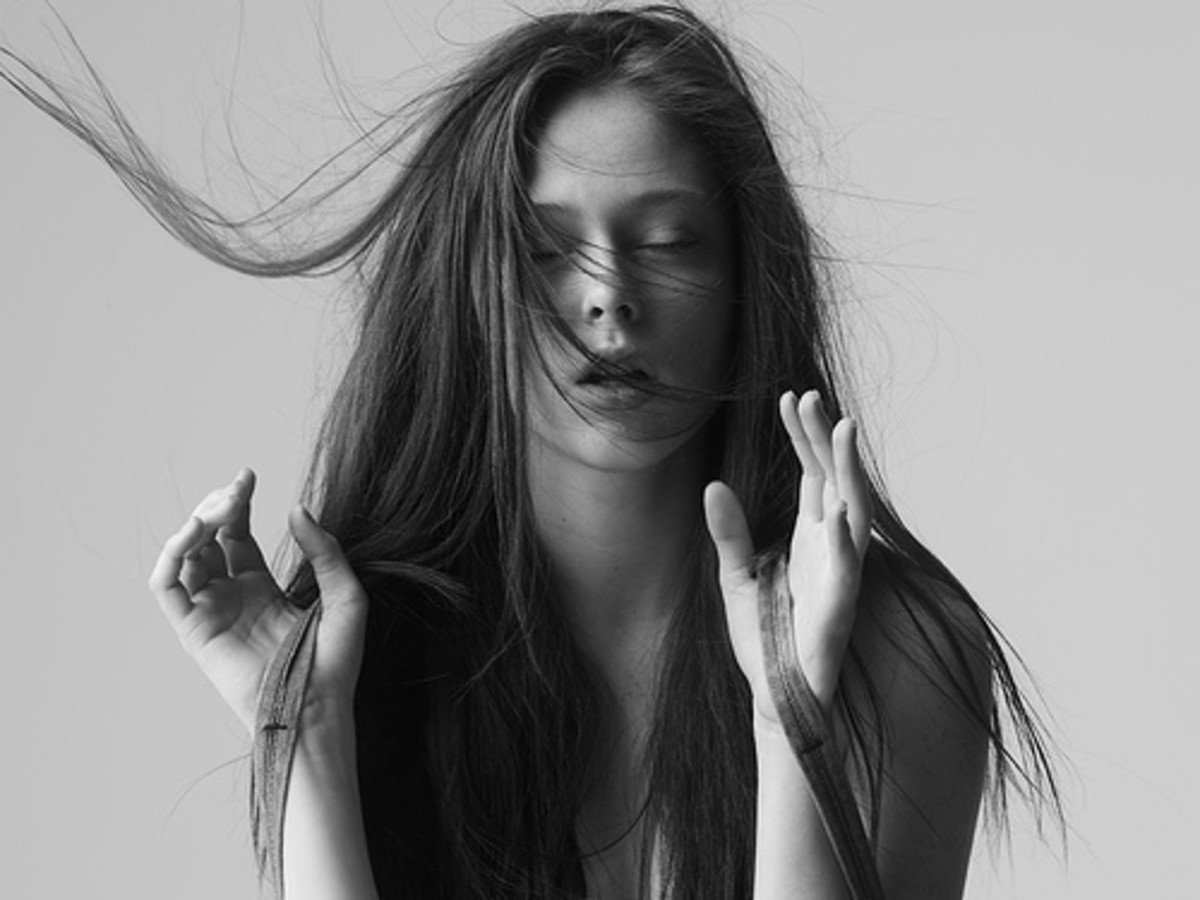Exposure Triangle: Combining Shutter Speed, Aperture and ISO Sensitivity
Modern digital cameras are extremely smart and extremely powerful. They can use light meters and a little computer to do a great job of selecting settings that properly expose an image.
What they can't do, however, is create art.
Three basic settings - shutter speed, aperture, and ISO sensitivity - combine to form what photographers call the "exposure triangle." Together, they determine how much light your digital camera captures and thus how bright or dark the image is. This is pretty scientific, and a computer is great at calculating this.
However, these settings are interdependent. If you change one, you can change another to offset the effect on exposure. In this way, you can end up with dozens of combinations of settings that all provide the "correct" exposure, but emphasize different artistic concerns.
This is where you, the photographer, come in, and this is why it's important that you understand the exposure triangle and can manipulate the settings yourself. This control is what separates true photographers from rank amateurs.
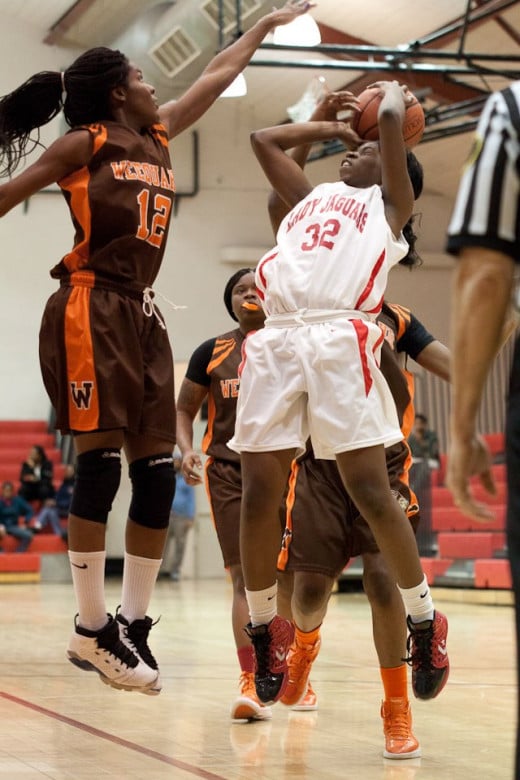
Shutter Speed: Control for Blur
Let's start with shutter speed, because it's a pretty straightforward concern. This setting determines how long the shutter stays open in your camera. A higher setting (i.e. 1/500) means the shutter is open for a fraction of a second, while a lower setting (i.e. 1/8) means it will stay open longer.
Every time you double the shutter speed (i.e. 1/125 to 1/250, or 1/30 to 1/60) you decrease the exposure by one stop. To keep the exposure constant, you'll have to adjust either the aperture or the ISO to increase the exposure by one stop.
So why would you want to change the shutter speed? Simple: Blur.
The longer the shutter stays open, the greater the likelihood that the image will be blurry. This could be motion blur from the subject moving, or it could be camera shake from your hands moving.
To eliminate camera shake, you want to turn up the shutter speed so that it's at least equal to the focal length of your lens. If you're shooting at 55mm, then use at least 1/60. If you're shooting at 200mm, then use at least 1/250. The longer the lens, the quicker the shutter needs to be.
If you're shooting action, you'll need to ratchet up the shutter speed to eliminate motion blur. Sports, for example, usually require a shutter speed of 1/250 to 1/500 if you want to get a crisp, clean shot. Casual motion will look fine at lower shutter speeds (i.e. 1/125), but even people trying to stand still may appear blurry at extremely slow shutter speeds (i.e. 1/8).
The bottom line is you need to increase the shutter speed enough to eliminate motion blur and camera shake (or, decrease it if you want to include blur for artistic purposes). You can read a more detailed explanation of shutter speed in this hub or in this article on Yahoo.
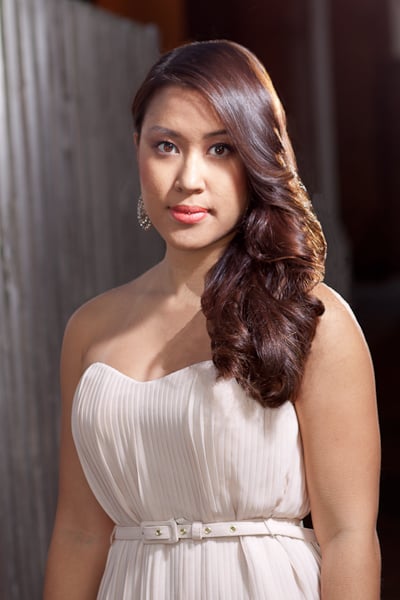
Aperture: Adjust for Depth of Field
The aperture setting of your camera controls the size of the hole inside your lens. If there's a large hole for the light to come through, it'll let in more light. If there's a smaller hole, it'll let in less light. In this way, aperture plays a part in determining exposure.
The size of the aperture is measured by a number like f/2, f/2.8, or f/4. The numbers are standardized, but they don't simply double with each stop the way shutter speed does. f/2.8 is one stop smaller than f/2, f/4 is one stop smaller than f/2.8, and f/5.6 is one stop smaller than f/4. This continues all the way down to f/22.
If you adjust the shutter speed to control for motion blur, you may have to open up the aperture to allow more light in. For example, sports are usually shot at f/2.8 of f/4, because you need to compensate for a quick shutter speed.
However, aperture also determines the depth of field of your photo. A small aperture creates a large depth of field. This means that a large part of the scene will be in focus, and there won't be a dramatic drop off of focus as you move away from the focal point. A large aperture, on the other hand, creates a small depth of focus. This allows you to selectively focus on a single point and leave the rest of the scene relatively blurry.
The photo of the model above is a good example of this. The image was shot with a large aperture (i.e. f/2.8), and therefore it has a relatively small depth of field. The model is in focus, but the fence behind her is nicely blurred out and out of fous. This helps make the background less distracting, and it pulls attention to the model. This is a common technique in portrait photography.
The bottom line is that when you're adjusting aperture, think about the depth of field. If you need to capture a wide scene with subjects that are at varying distances from the camera, use a small aperture and a large depth of field. If, on the other hand, you want to focus on one specific spot and let the rest fall out of focus, you need a small depth of field and a large aperture.
For a more detailed explanation of aperture, see this hub or this article on Yahoo.
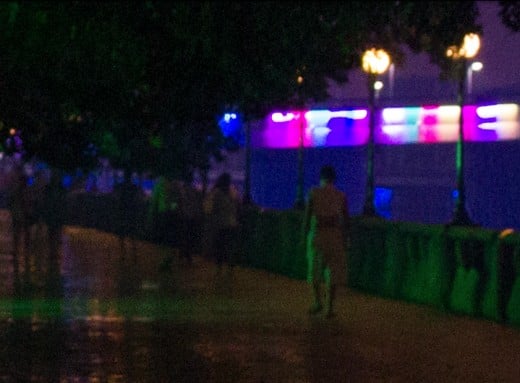
Adjusting ISO: Adding Light, Managing Noise
The final part of the exposure triangle is ISO sensitivity. You can crank up the ISO on your camera in the same way that you crank up the volume on a speaker. It increases intensity, but it also creates distortion.
Increasing the ISO amplifies the light picked up by your cameras sensor. By doubling the ISO, you're doubling the exposure. For example, increasing from 100 to 200 ISO or from 400 to 800 ISO is equivalent to a one stop increase. Likewise, reducing the ISO by half cuts the exposure in half.
The purpose of the ISO is essentially to balance out the shutter speed and aperture. If you need a high shutter speed or a small aperture for artistic purposes, then you'll need to supply light somewhere else. You can only reduce the shutter so much and you can only open the aperture so much, so you're last option is ISO.
The problem is that an increased ISO setting leads to noise or distortion in your images. Low ISO's (100 to 800, depending on your camera) will have virtually no noise. Medium ISOs (800 to 1600, depending on your camera) will have some moderate noise, and higher ISOs (3200 up to 12,800 or 25,600) will have increasingly more noise.
Noise is bad. It's a speckling in your photo, like what you see in the dark image above. You can edit some of it out in post production, but you may not be able to remove all of it. Therefore you want to keep the ISO as low as you can, and only turn it up when you need to compensate for a given shutter speed or aperture.
It's common to use high ISOs in sports because you need a quick shutter speed. It's common to use extremely low ISOs in studio portraits, because there's ample controllable light. Standard "walking around" photography is usually in the middle range of about 400 to 800 ISO depending on the given lighting.
For a more detailed explanation of ISO, see this hub or this article on Rockin' Photogs.
Experiment. Learn. Take Back Control.
Yes, dSLR cameras have become increasingly user friendly. Yes, you can leave them in automatic mode and take some decent pictures.
But if you let the computer inside your camera make all the decisions for you, then you're losing out on a lot of control, flexibility, and power that you're supposed to be getting by choosing a dSLR in the first place.
if you want to take your photography to the next level, you need to learn how these key settings - aperture, shutter speed, and ISO - work together in the exposure triangle. You need to experiment and see how to adjust the settings for artistic effects while maintaining exposure.
Ultimately, you need to take back control of your photography.

